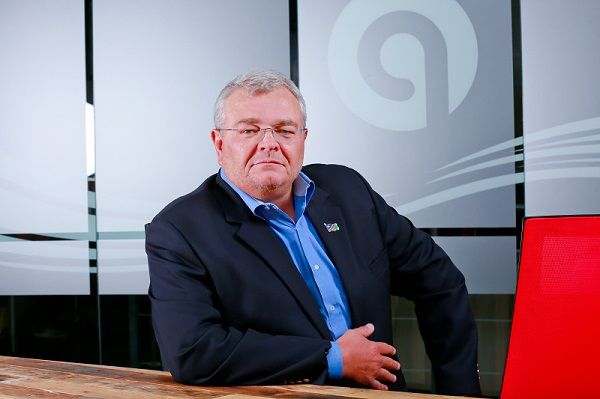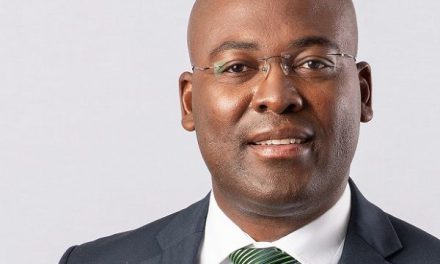
Redundancy in Paratus’ intra-continental fibre network saved the internet in Namibia during WACS maintenance

The reason for the sticky and frustrating internet of last week surfaced this week when Paratus Telecommunications revealed that the offshore WACS cable underwent extensive maintenance to repair damage from the abrasive action of the notorious South Atlantic swell.
The so-called maintenance window was initially scheduled for 01 to 06 September but had to be postponed due to rough seas. On Sunday 08 September, conditions calmed and the maintenance divers could immediately start their work. This led to the rapid deterioration of internet connectivity as experienced by all Namibian users for most of the week.
Paratus was able to keep clients connected, albeit at slower speeds, as it relayed traffic across its integrated fibre network through Zambia and Botswana.
Paratus Group Chief Executive, Barney Harmse, said “We remain cognisant that Paratus is not only a local operator, but an operator on a pan-African scale. It is therefore prudent that we continue to invest in our network across Africa. Were it not for our established network redundancy, the WACS maintenance would have had a much bigger impact on Namibian businesses and on the economy as a whole.”
Paratus’ redundant routes alleviated the sudden congestion caused by the WACS outage. “Our fibre links through Zambia and Botswana prevented further bottlenecks which could have been massively disruptive to the entire ICT industry,” said Harmse.
“I have to praise our technical people across our African operations and also the depth of experience they have. Their ongoing capability to manage the network and especially their resilience during the connectivity crisis, required some extraordinary ingenuity,” he said.
Regarding their plans to safeguard the future of the network, Harmse explained that the network is like an active dynamic organism. “Adding a new route for redundancy or new development needs to be part of a fully inclusive network architecture. It also requires massive investment,” according to Harmse.
Paratus’ investment in connectivity across the continent runs into hundreds of millions of dollars. For instance, their primary investment to lay fibre from the WACS station in Swakopmund to Buitepos on the Botswana border, required a cool N$100 million.
“We have learned some valuable lessons during the WACS outage but the biggest blessing was our inherent redundancy. We have already put in place new and alternative measures to safeguard the network against future challenges,” he said.
Emphasising that the entire network continually evolves, Harmse said “There are various factors one has to take into consideration such as the age of the network, how the network was ‘architectured’ and how it is managed. On various fronts and concurrently with other countries, Paratus has and will continue its unconditional investment plans across the region.”
“The question is not whether portions of the network will go down. This is a reality worldwide. The issue is how you react when the challenge confronts you. We built our network accordingly, because we have a purpose and a cause to achieve,” he said.
As a private telecommunications operator, he said that they operate in a very distinct space and play a significant role in supporting the ICT industry across the African continent. “We play an active role to support governments in terms of telecommunications. In the process, we are responsible for the backbone that drives roughly 40% of GDP across various sectors.”












































